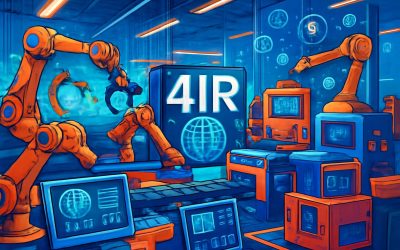AI is the ability of computers to learn and think. This is the idea behind many of the modern technologies that we use on a daily basis. It includes a broad range of fields, from robotics to natural language processing.
AI systems can learn from experience and make predictions. They can also perform tasks automatically based on data they have been trained to analyze and process. These include predicting when a person will be sick or injured and making a recommendation about a potential trip to the doctor.
There are a number of different methods to accomplish these goals, including the use of artificial neural networks and support vector machines. Some of these methods can be quite complex and require extensive computing power and memory, while others use heuristics that produce approximations rather than exact results.
Neural networks operate closer to the way your brain works than traditional computer programs do, but they are still not perfect replicas of our mental abilities. These types of algorithms are great for interpreting data and learning to recognize patterns, but they can’t perform tasks that require precise measurements.
Machine learning is another form of AI that uses a series of algorithms to help computers understand and act in certain ways. These algorithms can be very complex and take a lot of time to process, but they can be useful for analyzing large amounts of data.
Most often, these types of algorithms work by plotting a set of data points and dividing them into separate categories based on their location within the chart. The algorithm then uses a set of rules to determine whether or not a particular data point belongs to one category or the other.
The goal of AI is to develop machines that can perform the same kinds of tasks as a human. Some AI researchers focus on a specific type of ability, such as intelligence, while others aim for more general abilities like problem-solving and planning.
Throughout the history of artificial intelligence, three major trends have emerged. First, AI research focused on narrow AI, which aims to create programs that can do limited tasks using a single type of intelligence. Next, the field developed into AGI, which focuses on a more general intelligence and seeks to create a machine capable of performing all of the mental abilities that a human is able to do.
These two trends led to a series of major projects over the course of the 20th century, including Japan’s FGCS and the United States’ Strategic Computing Initiative. These projects aimed to develop supercomputers that would allow for the development of advanced artificial intelligence.
The field of artificial intelligence is now in its fifth decade and has achieved some significant milestones. As the technology advances, more AI programs are being developed and used to improve our lives. From boosting vaccine development to automating the detection of fraudulent behavior, these advances have had a positive impact on our society and economy.



0 Comments